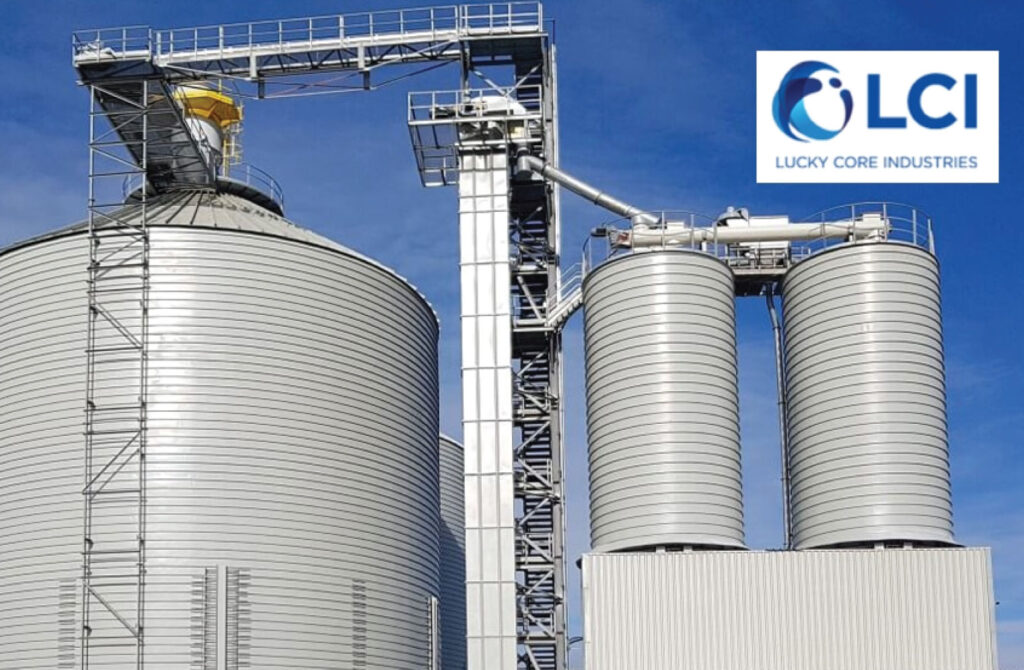Lucky Core Industries Limited (PSX: LCI) announced financial results for the period that ended on December 31, 2023, whereby the company posted a profit after tax (PAT) of Rs. 2.5 billion in Q2 (attributable to shareholders), up by 104 percent year-on-year (YoY) compared to Rs. 1.23 billion in the same period last year.
During 1HFY24, the company posted a net profit of Rs. 5 billion (EPS: Rs. 54.58), up 67 percent YoY compared to a PAT of Rs. 3 billion (EPS: PKR 32.76) during SPLY. According to Arif Habib Limited, the rise in earnings is witnessed due to higher gross margins and a 9x YoY rise in other income.
Along with the result, the company also announced a cash dividend of Rs. 27 per share of Rs. 10 each.
During 1HFY24, net sales surged up 21 percent YoY to Rs. 60.1 billion due to higher sales across all segments, supporting the overall jump. During 2QFY24, sales also increased by 23 percent YoY to Rs. 31 billion compared to Rs. 25.2 billion in SPLY.
Gross margins went up by 324 basis points YoY to 21.4 percent during 1HFY24. The rise in gross margins was led by lower coal prices (-59 percent YoY), per AHL.
During 2QFY24, the company booked an exchange gain of Rs. 98 million amid a recovery in the Pakistani Rupee against the greenback.
The other income of the company increased by 9x YoY to Rs. 1.81 billion during 1HFY24, the rise in earnings is witnessed due to the return on a short-term investment.
Finance costs of the company went up by 89 percent YoY to Rs. 1.98 billion during 1HFY24 due to augmented short-term borrowing along with higher interest rates.
At the time of filing, the company’s scrip at the bourse was Rs. 794.52, up by 7.5 percent or Rs. 55.43 with a turnover of 36,749 shares on Thursday.
Issues Faced
The Company’s business operations continued to face challenges as a consequence of inflationary pressures, high tax incidence, and higher interest rates, coupled with an uncertain demand outlook.
Though there was some respite in the form of easing import restrictions, the prolonged monetary tightening measures have negatively impacted the consumers’ purchasing power resulting in significant demand compressions across all segments of the economy.
